🔑 Key Takeaways
- 🚘 Traditional solar-powered EV chargers rely on intermittent energy, leading to unpredictable charging performance and grid strain.
- ⚡ New research introduces a smarter optimization method (OCSO) to balance energy supply, reduce costs, and extend transformer life【1】.
- 🔄 Vehicle-to-Grid (V2G) technology allows EVs to send power back to the grid, improving efficiency and lowering electricity demand【2】.
- 🔋 Smarter charging can reduce power losses by up to 21.6% and cut transformer aging by nearly 12%, making EV charging more sustainable and cost-effective【1】.
The Problem: Solar-Powered EV Chargers Have a Big Challenge
Solar-powered EV charging stations are a game-changer for clean energy, allowing cars to charge with zero emissions. But there’s a problem: solar energy is unpredictable【3】.
Here’s what happens with traditional solar-powered EV charging:
- Sunny Days? Great! 🌞 Charging stations get plenty of energy, but if too many cars charge at once, it can overload the grid.
- Cloudy Days? Uh-oh! ☁️ Solar production drops, forcing stations to pull electricity from the grid, which increases costs and can cause transformer stress【4】.
- Uncoordinated Charging? 🚦 Without smart scheduling, EVs charge at random times, causing voltage fluctuations, power losses, and grid inefficiencies【5】.
To truly scale solar-powered EV charging, we need a smarter way to manage energy flow. That’s exactly what new research proposes【1】.
%20charging%20station%20with%20multiple%20EVs%20charging%20under%20large%20solar%20panels.%20The%20scene%20is%20bright%20and%20sunny%2c%20.webp?width=1792&height=1024&name=DALL%C2%B7E%202025-02-10%2016.07.09%20-%20A%20futuristic%20solar-powered%20electric%20vehicle%20(EV)%20charging%20station%20with%20multiple%20EVs%20charging%20under%20large%20solar%20panels.%20The%20scene%20is%20bright%20and%20sunny%2c%20.webp)
The Breakthrough: Smarter Charging with OCSO Optimization
A recent study introduces Opposition-Based Competitive Swarm Optimization (OCSO), a powerful AI-driven technique that optimizes when and how EVs charge【1】.
How It Works: The Three Charging Modes
Researchers tested three different charging approaches on a simulated power grid. Here’s how they compare:
| Charging Mode | How It Works | Pros | Cons |
|---|---|---|---|
| Dumb Charging 🏎️ | EVs charge as soon as plugged in | Simple | Causes grid overload, high costs, transformer stress |
| Smart G2V Charging ⚡ | EVs charge when energy is cheapest & most available | Lowers costs & improves grid stability | Requires advanced scheduling |
| Smart V2G Charging 🔄 | EVs can send energy back to the grid during peak hours | Reduces power losses by 21.6%, extends transformer life【1】 | Needs bidirectional chargers & incentives |
💡 The Big Idea:
- Instead of EVs charging whenever they want, the system intelligently schedules charging and discharging based on:
- Electricity prices (charging when cheapest 🔻, selling when expensive 🔺)【6】
- Solar energy availability (maximizing renewable use 🌞)【3】
- Grid health (avoiding stress on transformers 🏗️)【1】
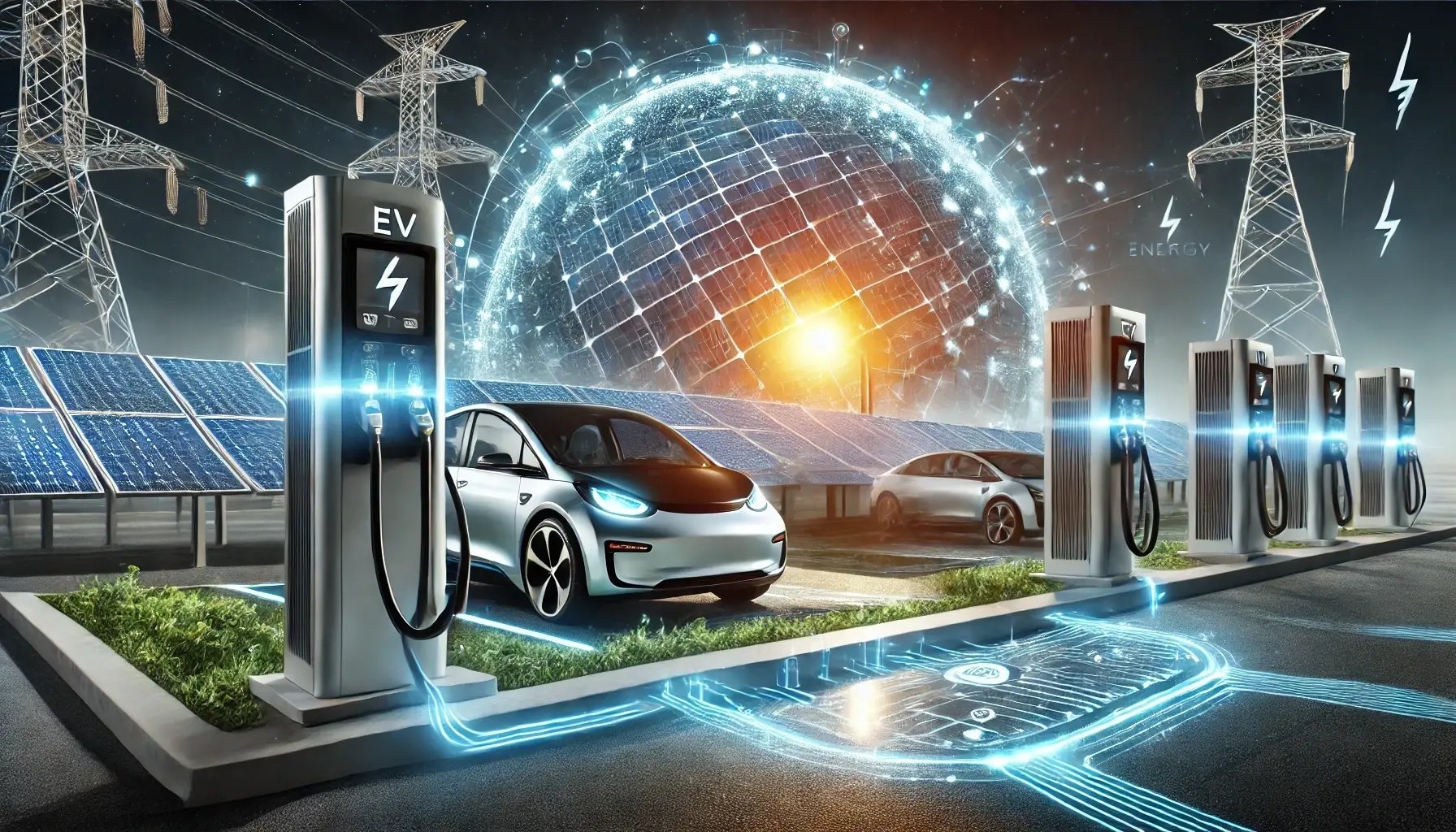
📊 The Results: Smarter Charging = Lower Costs & Less Grid Strain
After testing this system on a simulated 33-bus power grid, researchers found huge benefits【1】:
✔️ Charging Costs Dropped: By charging at the right times, costs decreased significantly【6】.
✔️ Power Losses Cut by 21.6%: Less wasted energy means a more efficient system【1】.
✔️ Transformer Aging Reduced by 11.86%: Meaning EVs won’t wear out the power grid as quickly【1】.
✔️ Voltage Stability Improved: No more sudden drops or fluctuations【1】.
This means lower electricity bills, a longer-lasting power grid, and more EVs charging on clean solar energy without disruption【1】.
🔮 What This Means for the Future of EV Charging
🚘 Faster EV Adoption: Lower costs & better efficiency will encourage more drivers to go electric【7】.
🔋 Grid-Friendly Charging: Smarter scheduling means utilities can integrate EVs without expensive upgrades【5】.
⚡ Renewable-Powered Cities: Solar-powered charging can become the norm, even in large urban areas【3】.
🏗️ Better Infrastructure Planning: Utilities can prepare for EV demand without the risk of transformer failures【1】.
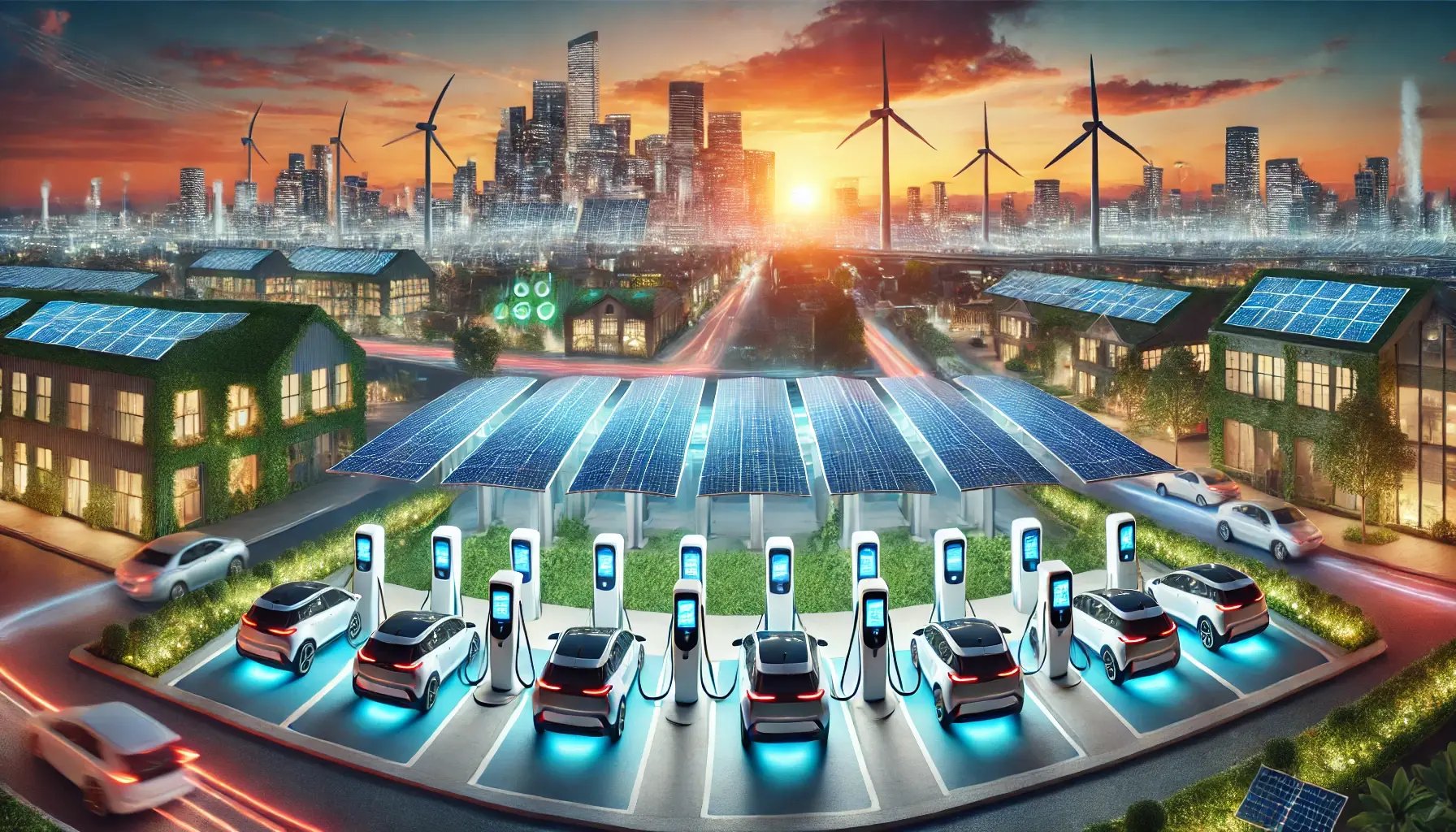
🏁 Final Thoughts: A New Era for Solar-Powered EV Charging
This research is a game-changer for the future of EV infrastructure. By optimizing charging schedules, using AI-driven decision-making, and leveraging bidirectional charging (V2G), we can make EV charging cheaper, cleaner, and more efficient【1】.
If you’re an EV owner, the future is bright—both for your car and the grid that powers it. 🌞🔋🚗
What do you think? Would you use smart V2G charging if it meant lower electricity costs? Let us know in the comments! 👇
📚 Reference Appendix
- Optimal scheduling of solar-powered EV charging stations in a radial distribution system using opposition-based competitive swarm optimization
https://www.nature.com/articles/s41598-025-88758-y - Vehicle-to-Grid (V2G) Technology: A Review on Enabling Smart Charging and Grid Integration
https://ieeexplore.ieee.org/document/6353961 - Challenges and Opportunities of Solar-Powered EV Charging Stations
https://www.sciencedirect.com/science/article/abs/pii/S1364032122007444 - Impact of Renewable Energy Intermittency on EV Charging Infrastructure
https://www.mdpi.com/2227-9717/11/5/1544 - Grid Challenges with EV Penetration and Smart Charging Solutions
https://www.sciencedirect.com/science/article/pii/S2405844025001951 - Time-of-Use Pricing and its Role in EV Charging Cost Optimization
https://www.nrel.gov/docs/fy16osti/66121.pdf - Dynamic charging as a complementary approach in modern EV charging infrastructure
https://www.nature.com/articles/s41598-024-55863-3
Feb 10, 2025 7:21:55 PM
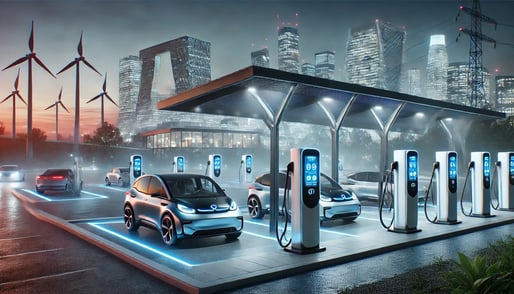
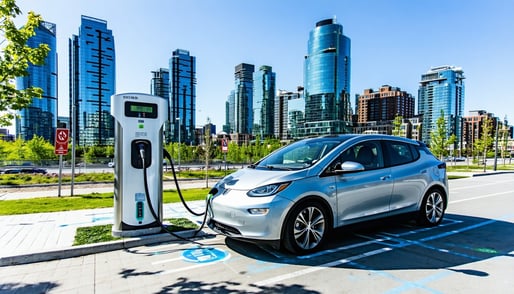
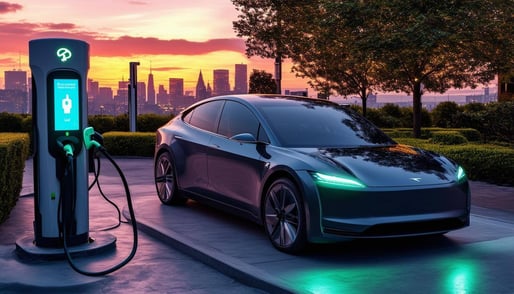
Comments